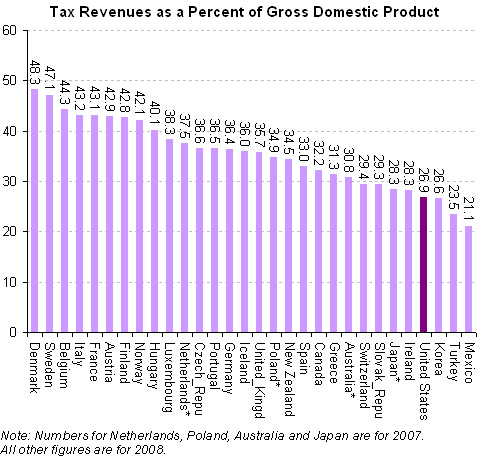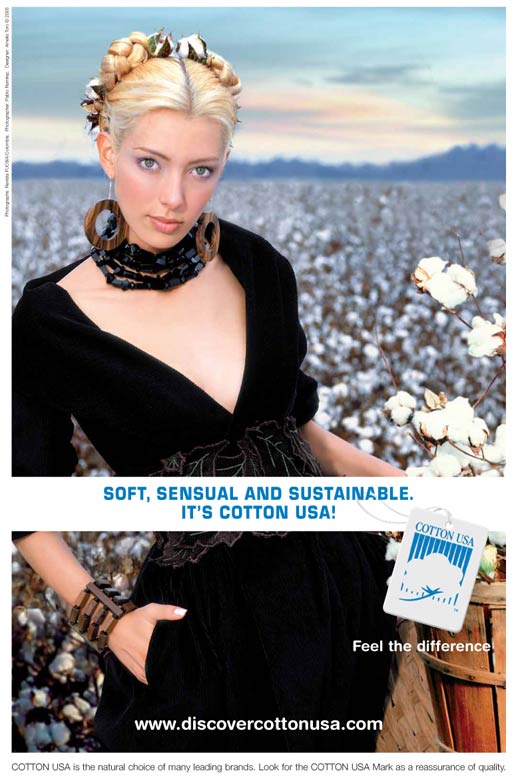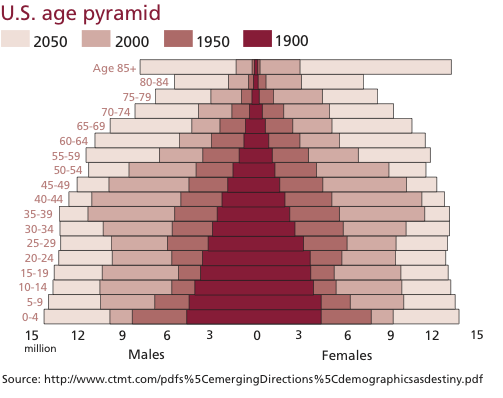With tax season upon us, it is almost obligatory for Americans to complain about what they’re shelling out to Uncle Sam. According to Gallup polls, 46 percent of Americans think their taxes are too high.
The good news is that figure is near rock-bottom for the past 50 years; the bad news is that tax-related violence has been on the rise for the same period. The most recent example of this trend occurred last month, when software engineer Joe Stack, enraged by disputes with the Internal Revenue Service going back to the 1980s, flew a small plane into an IRS building in Texas.
In a lengthy essay/suicide note posted on his website, Stack styled himself after the early American patriots of “no taxation without representation” fame, reminding us all of the unique prestige of tax revolt in American history. As Stack points out, some of the first lessons American children receive about their nation’s history equates taxes to oppression, and revolt against those taxes to the struggle for liberty and justice for all. This probably contributes to Americans’ widespread distrust of taxation, and the acceptance of that distrust as normal and natural.
But that view of taxation is not shared worldwide. In fact, citizens of some countries are actually happy about paying taxes. If you’re an American reading these words, that statement probably sounds pretty far-fetched. But consider this: the citizens of Denmark pay the highest income taxes in the world (an average of 48.3 percent), and are also the happiest people in the world.
It’s not just that Danes pay those high income taxes: they also pay a Value Added Tax of 25 percent on every cup of coffee or pair of sneakers they buy, making the outcry in my hometown of Chicago over having the highest sales tax of any major city in the US (a whopping 10.25 percent) look picayune by comparison. And then there’s Denmark’s tax on new cars: a heart-stopping 180 percent. So if you buy a car with an MSRP of € 20,000 , you’ll pay an additional € 36,000 to get the car registered and licensed.
The Danish car tax, in and of itself, would probably be enough to provoke armed rebellion in the United States. So why do the citizens of Denmark not only tolerate the array of taxes they pay, but appear downright happy about them?
And just to be clear, Danes aren’t just generally happy, or happy despite the taxes they pay. Rather, they are specifically happy about paying taxes! Take this exchange, for example, from a recent series of “person in the street” interviews from Copenhagen by United States National Public Radio:
KESTENBAUM [Ed—NPR reporter]: You think paying taxes is terrific?
Ms. BAUOLASON [Ed—resident of Copenhagen]: I do actually think it is terrific.
From an American perspective, Denmark “seems to violate the laws of the economic universe.”
The key to this attitude seems to lie in Danes’ trust in government and each other—something I noted in an earlier post. As this video interview with a pair of Danish sociologists suggests, this trust stems from several factors. Among the most important is the widely-shared belief that their society is just, and that socio-economic goods are equitably distributed. As a result, many Danes seem satisfied that they are getting their money’s worth–that is, they enjoy tangible benefits of the taxes they pay in terms of universal health care, tuition-free education through the university level, and employment benefits and security far beyond anything available in the United States.
Meanwhile, things could not be more different in the United States, which ranks 23rd in the world happiness rankings, and where distrust of government has been virtually axiomatic since the Reagan era—if not before. This helps account for a paradox: while the United States has among the lowest income tax rates in the world, and we have nothing like the VAT and auto registration taxes that Danes pay, Americans rarely challenge each others’ complaints about “high taxes.”
In fact, one of the remarkable things about Joe Stack’s anti-tax rant/suicide note is how much it resembles what now constitutes “mainstream” rhetoric on taxation in America—particularly in the aftermath of the government bailout of financial firms following the 2008 economic crisis.
Stack wrote:
Why is it that a handful of thugs and plunderers can commit unthinkable atrocities (and in the case of the GM executives, for scores of years) and when it’s time for their gravy train to crash under the weight of their gluttony and overwhelming stupidity, the force of the full federal government has no difficulty coming to their aid within days if not hours?
Compare this to CNBC newsman Rick Santelli’s now legendary on-air rant of February 2009, in which he sounds many of the same notes as Stack, using virtually identical arguments and references to American history:
So while Stack’s violent actions took this rhetoric to the extreme, the evidence suggests that he was no outlier in his perspective on taxation in America: his basic views are apparently shared by a wide swath of his fellow citizens, from television news reporters to the Tea Party movement to think tanks like the conservative Cato Institute.
What accounts for this extreme disparity between American and Danish attitudes toward taxes? And what does this have to do with the differences between the two countries in terms of happiness?
The evidence suggests that both phenomena stem from perceptions of fairness. While—as the two video interviews from Denmark suggest—many Danes believe that they benefit personally from their tax contributions, the rhetoric of people like Stack, Santelli and others suggest that many Americans believe they get little to nothing in return for their tax contributions. Instead, they believe their taxes benefit the “free riders” in US society—whether conceived as “welfare queens” at the bottom of the socio-economic ladder, or as corporations and executives at the top.
Thus, Stack signed off with this bitter epigram: “The capitalist creed: From each according to his gullibility, to each according to his greed.” For him, it was a bitterness unto death; for like-minded Americans, these beliefs contribute to a sense of pervasive injustice that frustrates their “pursuit of happiness” and makes April 15 a day of national resentment rather than a simple administrative deadline.
——————————
Brooke Harrington is Associate Professor of Economic Sociology at the Copenhagen Business School. She is the author of two books: “Pop Finance: Investment Clubs and the New Investor Populism” (Princeton University Press, 2008) and “Deception: From Ancient Empires to Internet Dating” (Stanford University Press, 2009). She is currently doing research on offshore banking. Harrington blogs at our fellow Contexts blog, Economic Sociology.
If you would like to write a post for Sociological Images, please see our Guidelines for Guest Bloggers.















